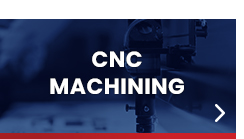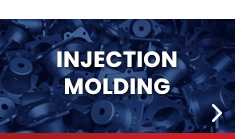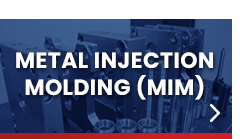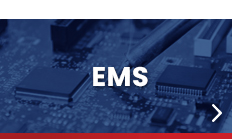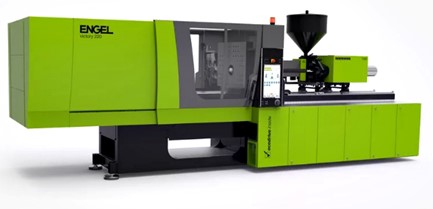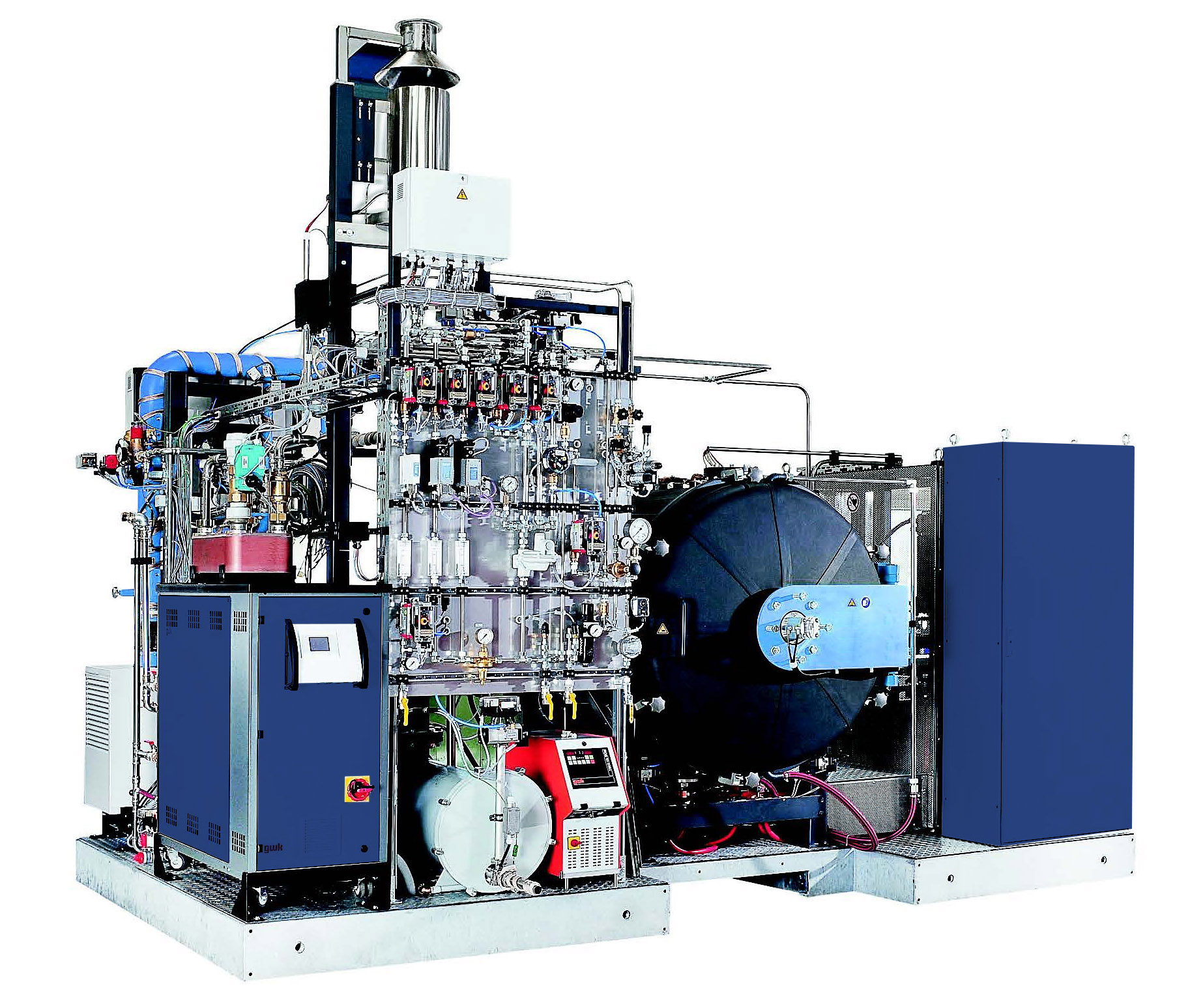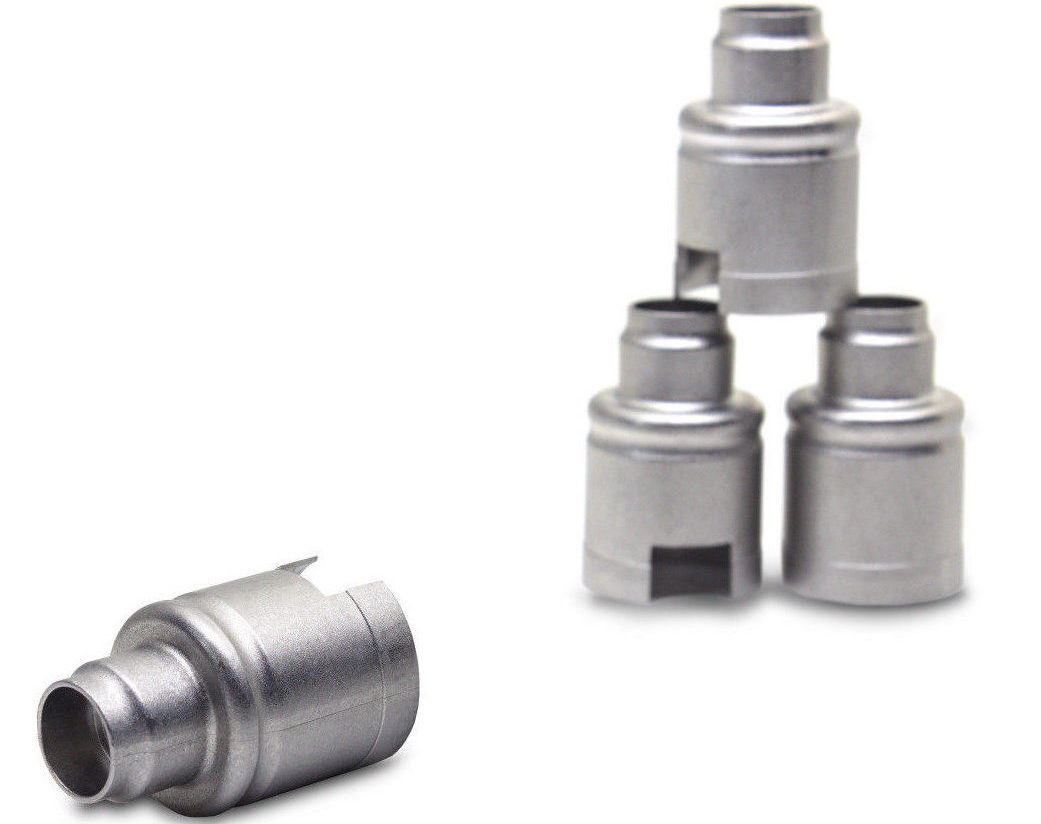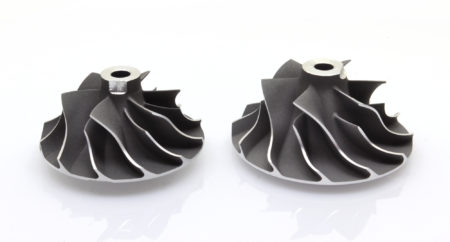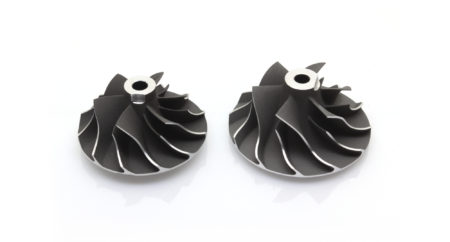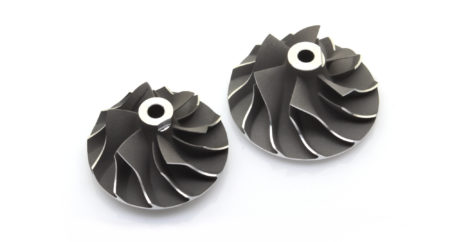Metal Injection Molding (MIM)
Metal Injection Molding Technology (MIM)
Metal Injection Molding is a technology for producing metals with high dimensional and shape accuracy.
Metal injection molding (MIM) technology combines the design flexibility of plastic injection molding with the strength and integrity of metals.
This technology enables parts to be produced with complex shapes, tight tolerances, thin walls and perfect surfaces. Due to the specific properties of the process, materials that are hard or difficult to machine (such as titanium, heat resistant steel, carbide steel, etc.) can be processed without restriction.
The MIM process consists of four unique processing steps: material mixing (Feedstock), injection molding, binder removal (Debinding) and sintering.
1. Raw material (Feedstock)The raw material for production is powdered metal, mixed in special machines with a thermoplastic binder and additives. The mixing process ends when the metal particles in the binder are fully homogeneous. After the process is complete, the material is granulated into pellets. |
|
2. Injection MoldingIn this process step, the raw material is injected into the mold under high pressure using conventional injection molding machines. In this way, MIM combines the advantages of the freedom of designing plastic injection molds with the excellent mechanical and thermal resistance of metal materials. As a result of the injection molding process, the so-called The “green part” which is up to 20% larger than the sintered end piece depending on the raw material used. |
|
3. Removal of binder (Debinding)Binder removal can be catalytic, aqueous or solvent based, depending on the binder system. The binder is removed from the part, except for the residual binder content of 2-3% (skeleton). The residual binder guarantees the stability of the so-called “brown part” for the downstream process. |
|
4. SinteringIn the final stage, the details are sintered at temperatures from 1200°C to 1600°C, depending on the material. At this stage, the remaining binder is completely removed. During sintering, the parts shrink isotope to the desired dimensions. The sintered parts are all-metal and have a density> 98%. |
|
Post-processingMIM parts, like other metal parts, can be heat treated and further processed, for example to achieve better tolerances at critical dimensions. |
Advantages of production in MIM technology:
- cost-effective production of complex parts in large numbers,
- exceptional mechanical properties compared to forged products, ensure fine particle size and high sintering density,
- the need for post-processing is generally eliminated,
- an excellent choice for small metal parts, as it enables the production of products that require a precise dimensioning tolerance,
- eliminates the limitations of traditional methods of metalworking and allows for more complex shapes and combining many elements in one component,
- allows for the implementation of individual projects using unique materials.

The company ALEX Sp. z o.o. offers a wide range of post-processing technologies, such as:
CNC machining, laser machining, surface technologies, joining techniques and assembly of components.
Contact with us
![]() ALEX Sp. z o.o.
ALEX Sp. z o.o.
ul. Przędzalniana 8a, 15-688 Białystok, Polska

